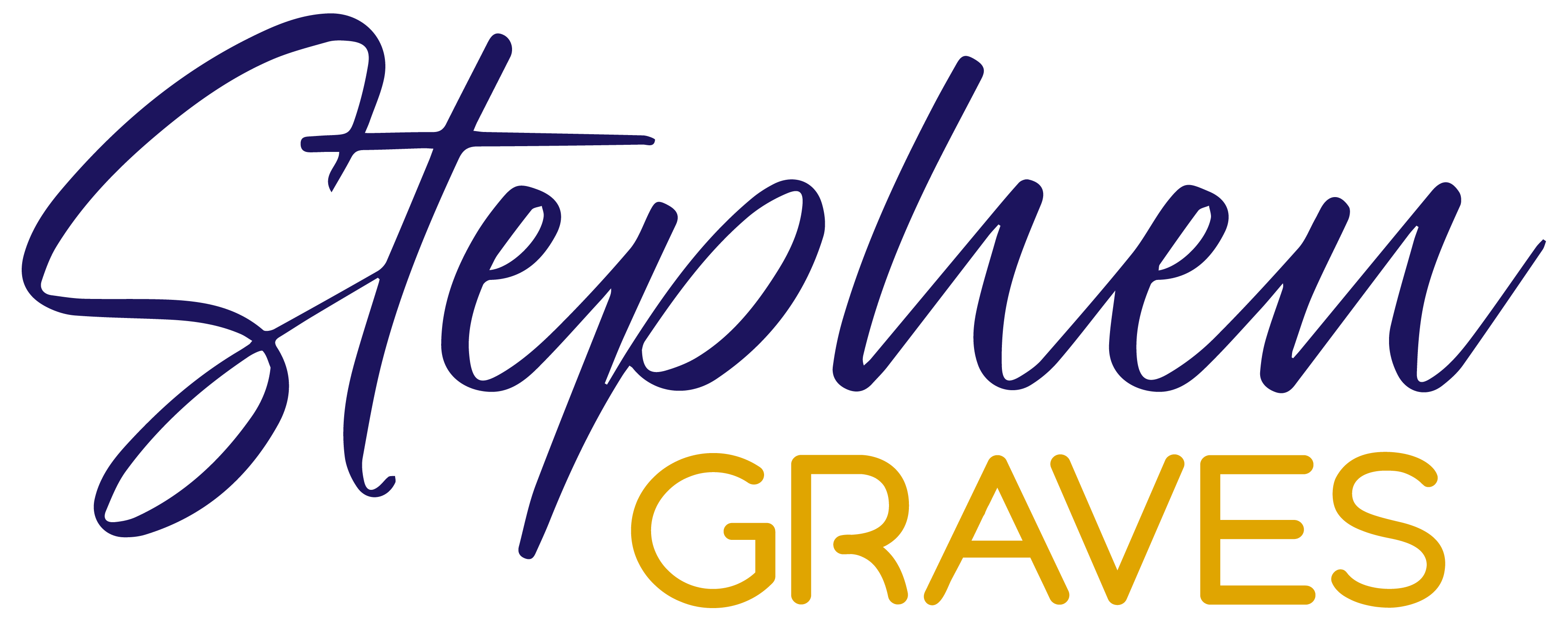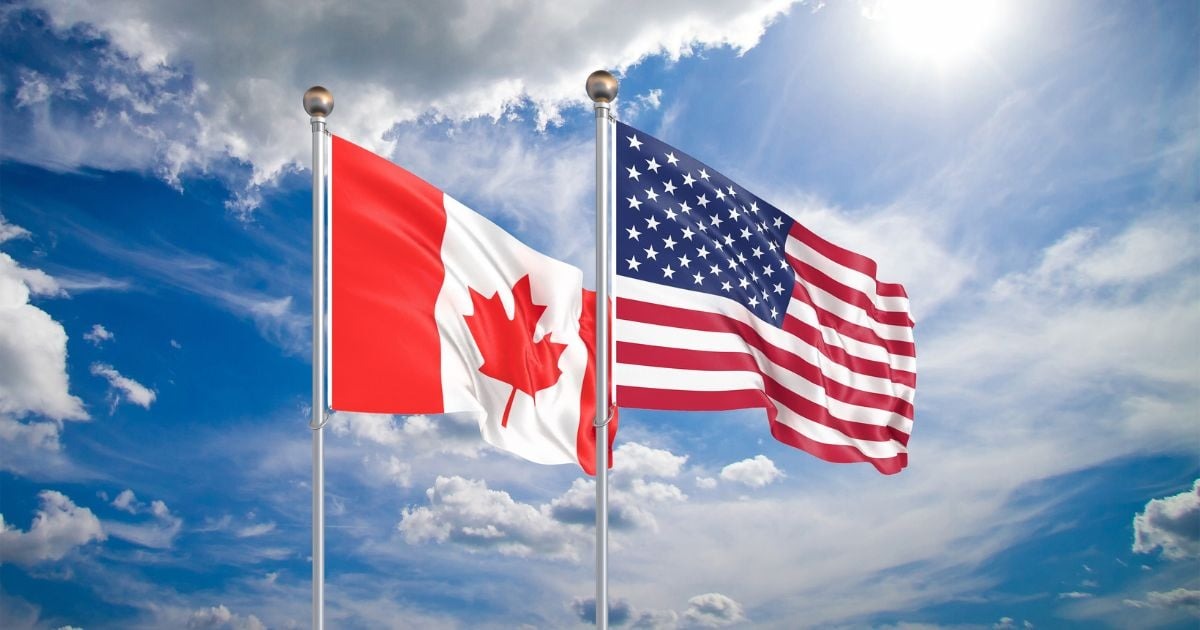Every time President Donald Trump drops a “crazy” line like “we should make Canada the 51st state,” the professional pearl-clutchers leap into action. Outrage! Horror! How dare he! But behind the spectacle lies a tactical play that seasoned executives and negotiators recognize immediately: he’s not floating a serious plan to annex our northern neighbor. He’s setting the negotiating table in his usual fashion — ask for the moon, then settle for something that once seemed unthinkable.
The “Canada as a U.S. state” line isn’t policy; it’s anchoring. It’s a psychological tactic to shift the Overton Window — the range of ideas the public considers acceptable — closer to Trump’s real goals. It’s classic Trump: break the frame, define the terms, and tilt the battlefield before the real fight even starts.
So if he’s not genuinely expecting the maple leaf to yield to the stars and stripes, what is he really aiming for?
Let’s take a look:
1. Trade Domination: Rewriting NAFTA 2.0 Again
President Trump sees Canada — correctly — as heavily reliant on the U.S. market. Energy, autos, dairy, manufacturing — major Canadian industries are built around access to American consumers. Trump also believes — again, not wrongly — that Canada often punches above its weight at the U.S. expense in trade negotiations.
The “51st state” hyperbole sets the stage to demand:
- More favorable terms for American exporters
- Pressure on Canadian tariffs, subsidies, and regulations
- Preferential access to Canadian energy and natural resources
The idea is to make Canada grateful to remain independent — and willing to pay a higher price to do so.
2. Energy Control: Alberta’s Oil and Beyond
Alberta alone controls an oil reserve rivaling Saudi Arabia’s. Saskatchewan is rich in uranium. Quebec sits on critical minerals needed for modern tech. Canada’s north holds rare earths that China desperately covets.
In a Trumpian vision, “Canada’s independence” becomes the bargaining chip for:
- Priority rights for American energy companies
- Reviving or replacing Keystone XL and other cross-border infrastructure
- Strategic U.S. access to Canadian rare minerals to undercut China
If you control energy, you control industry. Trump understands this viscerally. By rattling the “annexation” saber, he’s telling Canada: choose partnership — on America’s terms — or risk economic suffocation.
3. Border and Immigration Tightening
Trump has long railed against what he sees as “open borders” — not just at Mexico, but northward too. Canada’s immigration policy is much more liberal than America’s, particularly regarding refugee intake and vetting standards.
By pushing the absurd idea of “no more border at all,” Trump sets up demands for:
- Tighter joint border controls
- U.S. authority or joint jurisdiction over some border regions
- Enhanced intelligence and security sharing
Instead of the northern border becoming less meaningful (as “51st state” would suggest), it would become more militarized and American-driven.
4. Military Spending and Alignment
Trump famously despises NATO members who “don’t pay their share.” Canada is among the worst offenders, spending just a little over 1% of its GDP on defense, far below NATO’s 2% guideline.
The “you might as well be a U.S. state” taunt sets up:
- Pressuring Canada into massive increases in military spending
- Tighter integration of Canadian forces under U.S. command structures
- Potential shifts away from U.N.-centric deployments toward American-led coalitions
The choice becomes: “Pay up, fall in line, or admit you can’t defend yourself without us.”
5. Undermining Globalist Influence
President Trump’s hostility toward globalist organizations — WEF, WHO, UN, etc. — is well documented. Trudeau’s Canada is a champion of these institutions.
By dragging Canada’s “independence” into the conversation, Trump can:
- Pressure Canada to decouple from globalist frameworks
- Force Canada into bilateral (U.S.-dominated) agreements
- Undermine international pacts on climate, migration, or digital governance where Canada has been a leading advocate
It’s about redrawing North America’s political map — away from Brussels, Davos, and New York, and back toward Washington, D.C.
Who Might Actually Be Tempted?
If you’re wondering if anyone in Canada is crazy enough to even toy with U.S. annexation, there are a few edge cases:
- Alberta: Anger over federal carbon taxes and regulatory strangleholds has fueled a small but noisy “Wexit” movement. Cultural ties to U.S. conservatives are strong.
- Saskatchewan: Similarly resource-driven and skeptical of Ottawa.
- Deep interior British Columbia: Far from the liberal coastal elites, more culturally aligned with Montana and Idaho than with Vancouver.
Still, even among these groups, the odds are extremely low without a total collapse of Canadian federal authority — something unlikely short of massive global destabilization. Even so, you can expect Trump to use these cracks to American advantage in the deal making process.
Final Thought: What Looks Crazy Now Could Shape the Future
Trump’s “Canada as the 51st state” line isn’t the plan — it’s the provocation. It’s a negotiation weapon — anchoring expectations sky-high so that concessions later look reasonable, even inevitable.
The real game? Break Canada’s political will. Diminish its international independence. Consolidate U.S. dominance over North America’s economy, energy, security, and diplomacy.
In Trump’s mind, if Canada remains independent, it will do so only by cutting deals that bind it closer to the United States than ever before — on Washington’s terms.
Crazy? Perhaps.
But maybe crazy like a fox.


